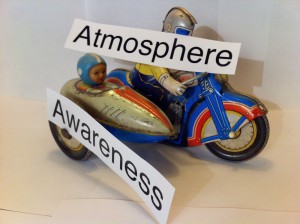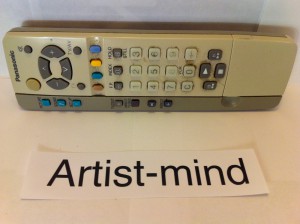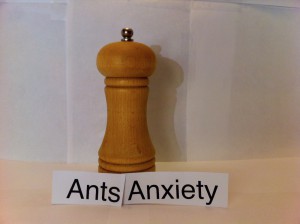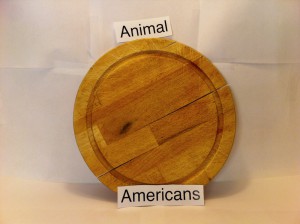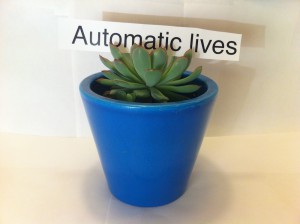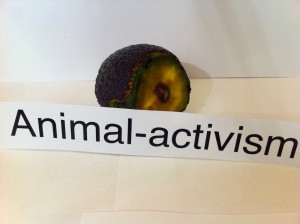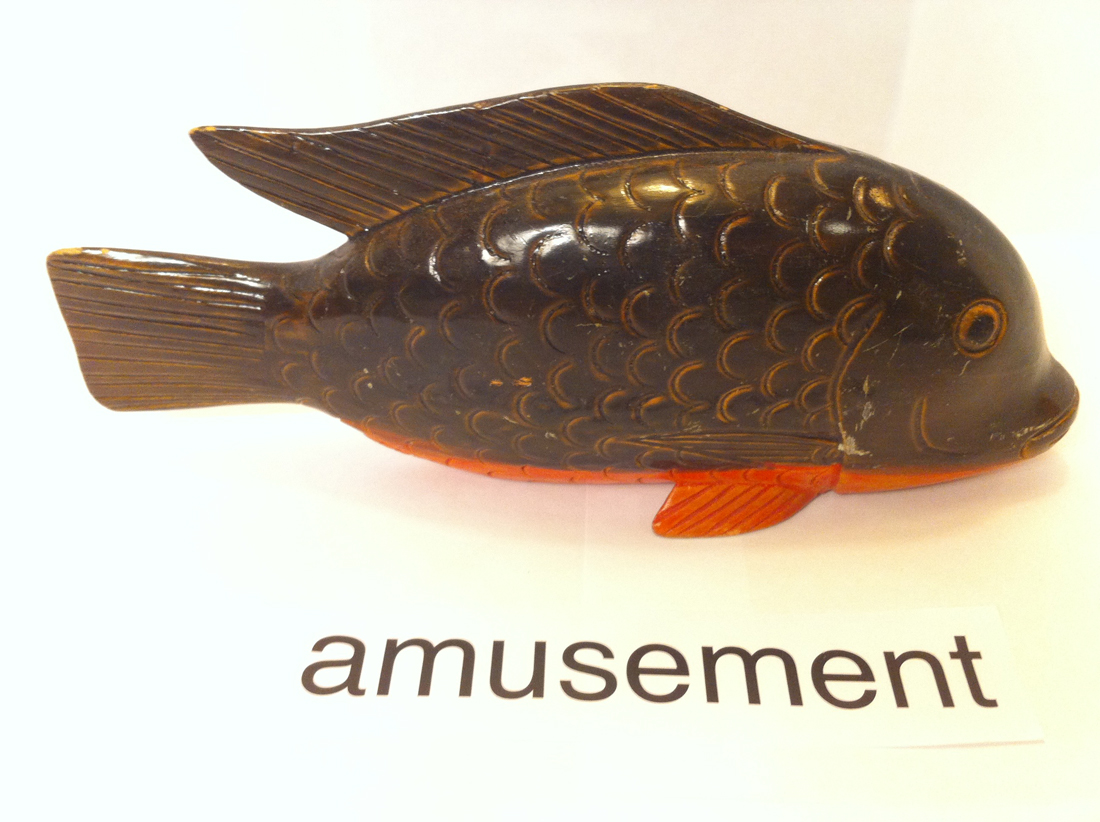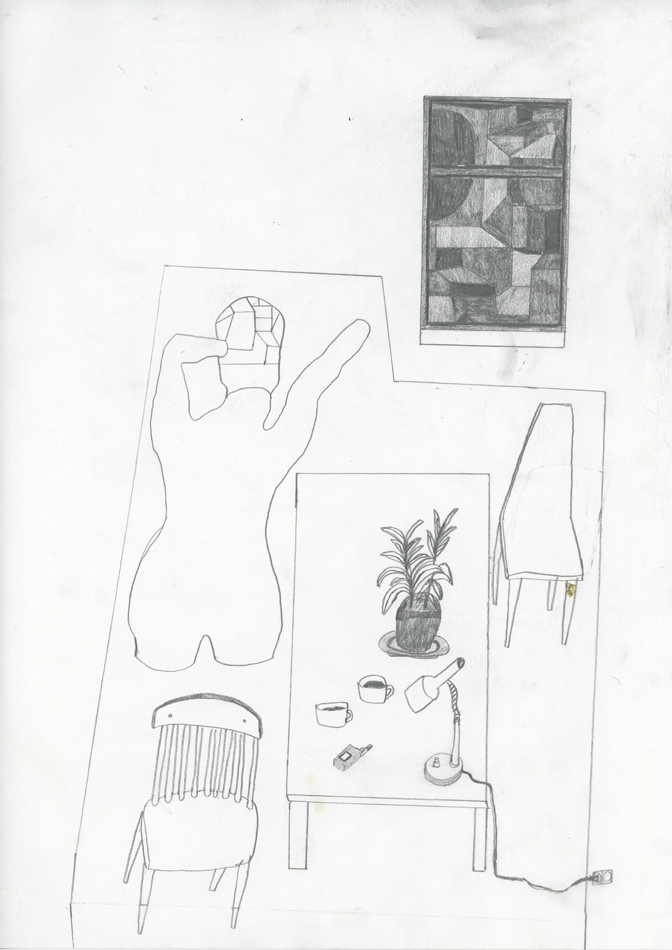Words are magnets. Put two random words together, and they will enter in an (unintended) relationship. Of course in some cases it works better than others, in one case the result will be poetic, in the other criticism or humor will enter the stage.
As I was experimenting with this, using the tag words from DesignBlog, I noticed something. While combining the random words, they also started connecting to my surroundings, which were in that situation: the objects in my room.
Can random words and images enter in a “poetic threesome”?
I decided to do an experiment.
First I thought that maybe I should combine imagery from Google Image with the words, to make everything as random as possible. I tried this, but it didn’t really bring me any further. Of course some nice things happened, but it felt too general to me.
I liked the personal, intimate side of my first observation.
I made up two guidelines for myself:
1. use 26 tagwords from designblog starting with an “a”
2. use personal objects from your direct environment
I wanted to know what would happen, combining the random with the personal. The personal intertwined twice in the process: combining the random words.
I think I unconsciously made choices according to my own taste. Even though I tried hard to combine the words randomly, I couldn’t help seeing the connections that might happen. In the end, I’m a person, not an algorithm, and I decided to embrace this.
Also, the objects are personal. I chose objects that were personal because I got them from someone important to me, because they were mine for a long time, or because I use them daily.
I made may own small home-studio and started making the words and the objects literally interact.
Some interesting things happened:
– The impersonal words became more personal, and more meaningful, simply because they were combined with my own belongings
– The objects, that I’d always looked at in one way, became something else, the words created gateways to other meanings
I think also the white background allowed the object to break with their original context and start forming new connections.
I found myself looking at my plant in a different way this morning.
Normally I barely notice it.
Am I living an automatic life? Or is the plant living an automatic life?
I wonder if there’s a third personal side to this: the connections we make when we see the random combinations. I make specific connections, someone else as well. We all have different imagery in our minds and different associations to the words used.
What will the objects think of all this?
I don’t think people would like to be put in a random context. I wouldn’t like to be called Amusement or About Absence.
Maybe someone will invent a way to give objects a platform for their opinion. Objects have rights too.
Until that moment, humans will have to give the objects meaning. And I think sometimes it’s good to re-evaluate this meaning.
Why should a fish be food and not amusement?
Can’t avocado’s also be animals?
Why should pepper never be afraid?
And why is Anita no hero when she’s standing in the kitchen all day?
